Hen Harrier Circus pygargus
Scarce passage migrant and winter visitor, mainly Sep-May; rare in summer. Bred to 1872.
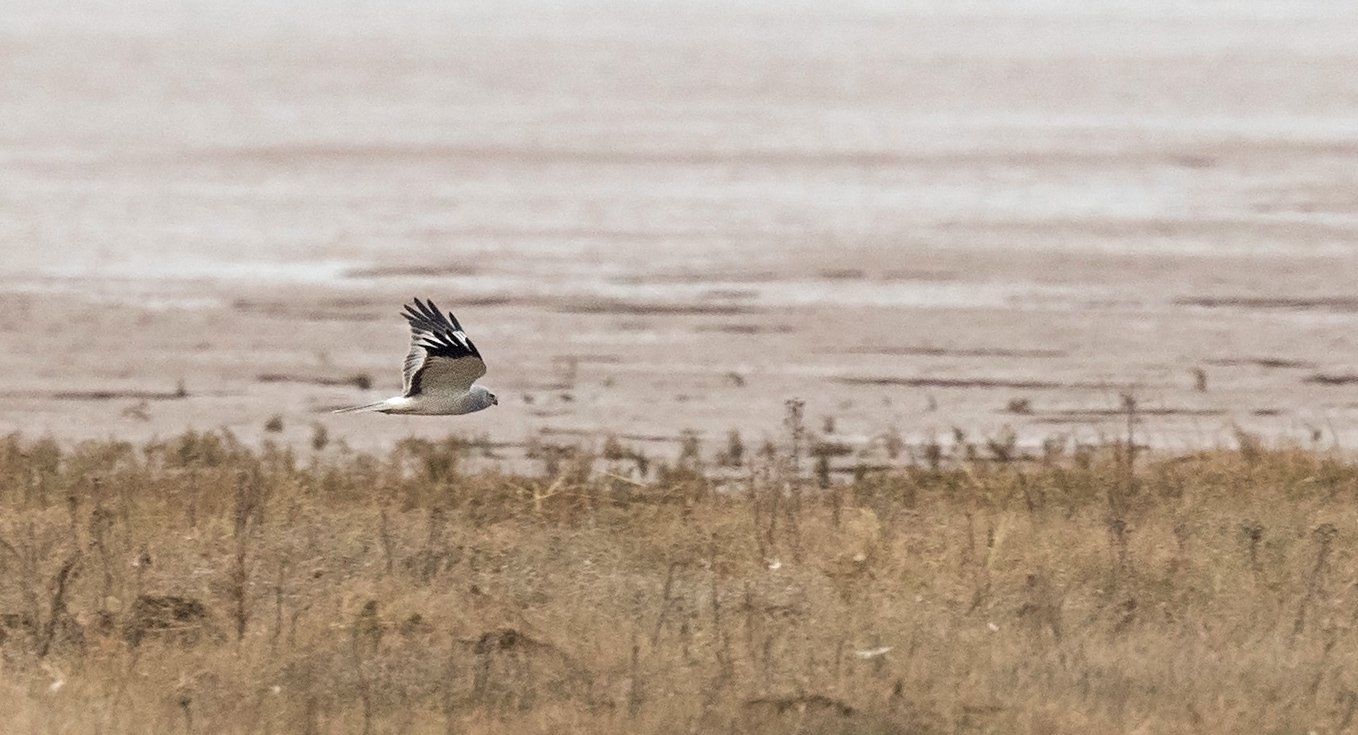
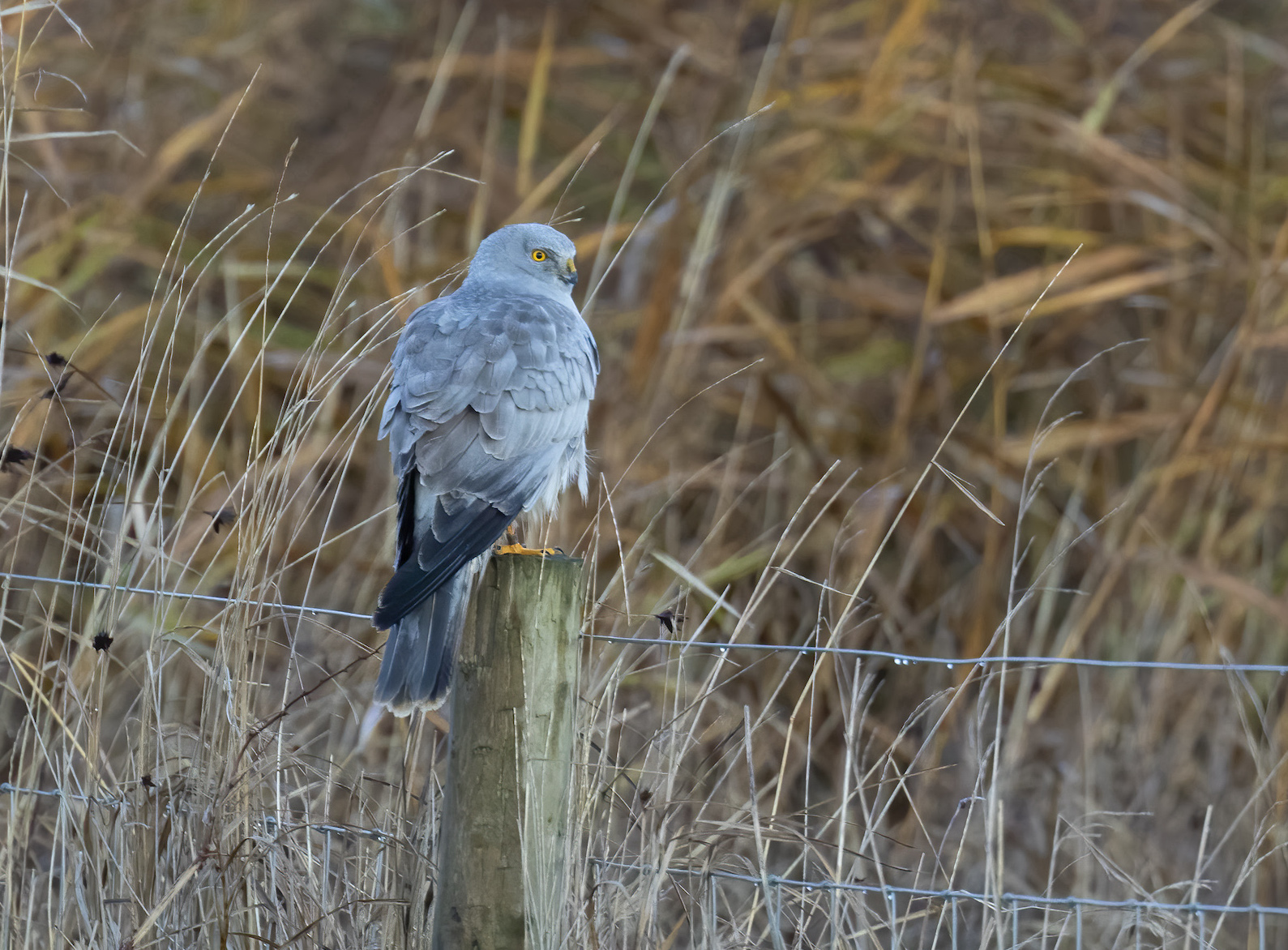
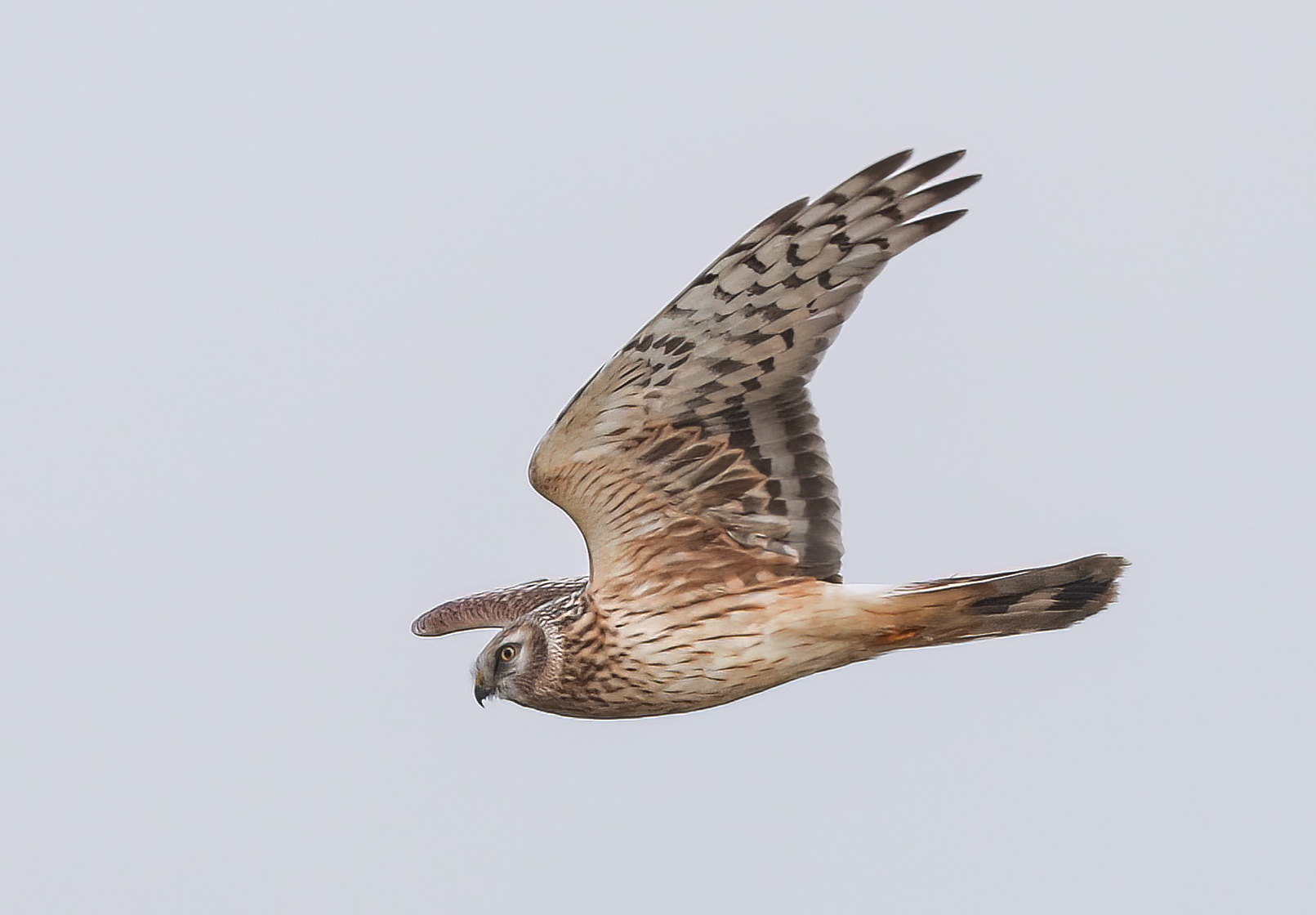
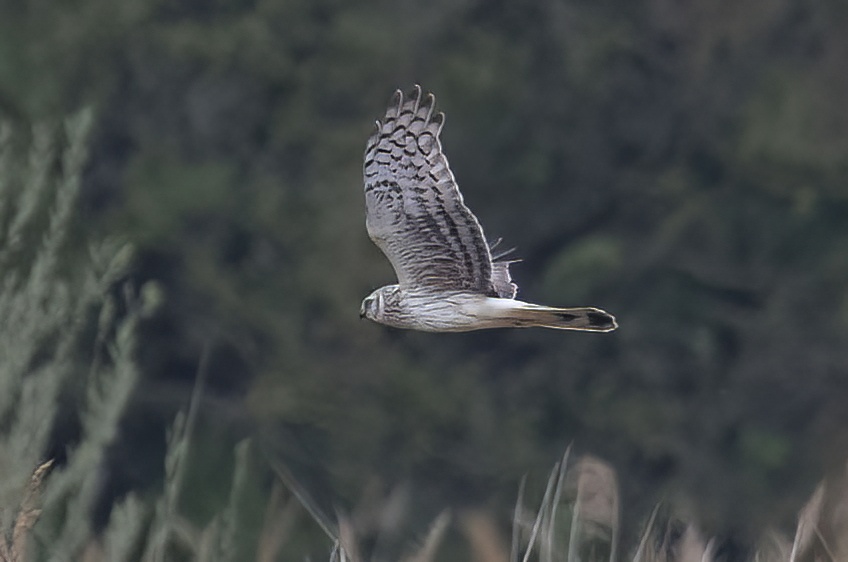
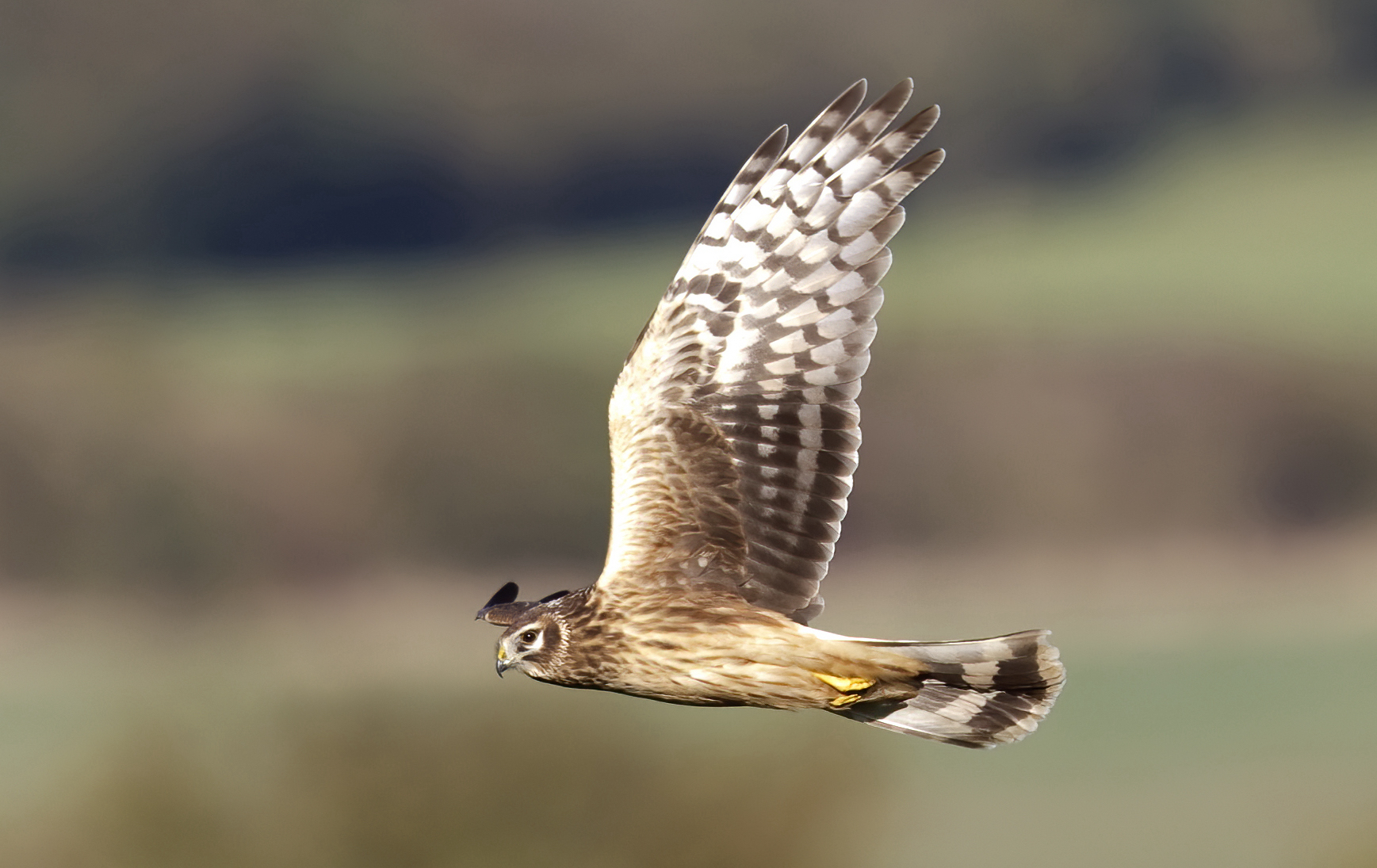
This species has become less numerous since the 1990s. Former roosting sites on The Wash used to hold double figures throughout the winter periods. The description of this species as a common breeding bird on the heaths and commons of the north of the county in the early 19th century is best illustrated by the killing of 50 birds in one season on Middle Rasen Moor in the 1820s although there is no verification of such numbers. With no breeding record after 1872 even wintering numbers appeared to be low in the years to c.1970 when a small increase occurred mainly along the coast and The Wash with winter roosts holding up to 40 birds in the mid-970s to early 2000s. Up to 18 birds were recorded from a favoured Wash roost at this time and up to 8 at another coastal roost. Inland small roosts develop in some winters if a suitable productive feeding area is available, often the result of high vole numbers in what are often temporary habitats. The number of wintering birds has declined rapidly in the last 15 years due mainly to the persecution of birds on British grouse moors and the county wintering population now is probably less than 30 birds in total. A male summered and displayed at an inland locality for three summers but failed to attract a mate while odd immatures linger through to May and may occasionally summer. Ringed birds from Sweden, the Netherlands, Orkney and at least two wing-tagged birds from Langholm in SW Scotland have been found wintering in the county.
(Account as per new Birds of Lincolnshire (2021), included September 2022)
